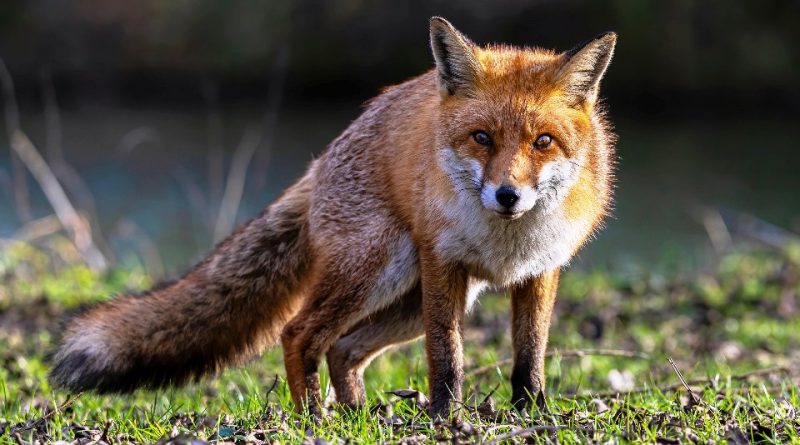Ecological role of predators
Ecological role of predators
Predation refers to a type of interaction in which an organism uses another organism of a different species as a food source. We talk about prey both in the animal and plant fields. Thanks to predation, predators are able to play a fundamental role in the food chain, keeping the prey population under control and favoring the evolutionary drive, leading to the development of anti-predator adaptations.
Predators can be classified both by the type of food consumed (classification by trophic levels) and by the methods of access to nutritional resources (functional classification).
Predators are in turn divided into: true predators, grazers, parasites and parasitoids.
True predators are those who kill their prey for the purpose of eating it.
Grazers include all mobile consumers of plant prey or marine sessile organisms, such as bryozoans.
Parasites are organisms that during part or all of their existence live at the expense of another, harming them without causing immediate death during direct contact.
Parasitoids are organisms that live on or in their host and derive nourishment directly from it.
Ecology –
Predators play a fundamental role in ecosystems, influencing the structure and dynamics of prey populations and, consequently, the entire ecosystem. Their ecological role is broad and complex, and can be divided into several key aspects.
1. Controlling prey populations: Predators limit prey populations, preventing them from growing excessively. This control is essential to maintain ecological balance, preventing prey from multiplying uncontrollably and damaging the surrounding habitat.
2. Natural selection: Predators can influence the genetic structure of prey populations through natural selection. Weaker or less adapted individuals are often targeted by predators, allowing favorable genetic characteristics to be passed on to subsequent generations.
3. Impact on species distribution: The presence of predators can influence the distribution and abundance of prey species, contributing to biological diversity and ecosystem structure.
4. Ripple effects: Predators can trigger ripple effects in the ecosystem, known as a trophic cascade. For example, if a top predator is removed, prey populations may increase and negatively affect plant species or other lower consumer species.
5. Prey behavior: The threat of predators can influence the behavior of prey. For example, some herbivore species may change their grazing patterns or feeding locations to avoid predators, which impacts local vegetation.
6. Ecosystem stabilization: Predators help stabilize ecosystems by controlling populations of species which, without their control, could cause ecological imbalances and irreparable damage.
In summary, predators are vital organisms in ecosystems and play a key role in maintaining ecological balance. Their presence or absence can have profound effects on biodiversity and the structure of ecosystems. For example, wolves mostly hunt weak and sick animals, thus strengthening the entire prey population. These adapt their behavior to the presence of the lynx, which benefits the forest.

